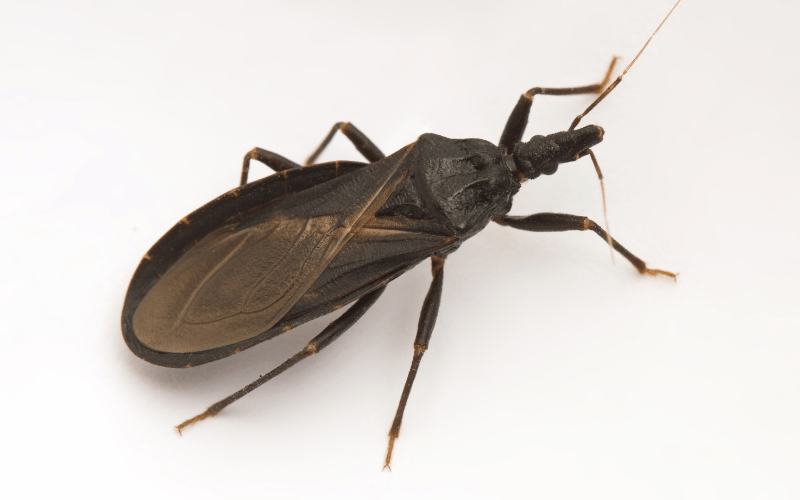Fact 3: Transmission Modes

At first glance, the primary mode of Chagas disease transmission – the bite of a “kissing bug” – might seem straightforward. However, the intricacies of how this disease spreads are more diverse than one might assume. Let’s dissect these transmission pathways.
The notorious “kissing bug” bite is only the beginning. When these bugs feed, they deposit feces near the site. If these feces, laden with the Trypanosoma cruzi parasite, find their way into the body, they can cause an infection. While this fecal-oral route is common, it’s not the sole method of transmission.
Blood transfusions are another conduit. If the donor is infected with Chagas, the recipient can contract the disease. This risk has led to increased screening processes in endemic areas, but the threat persists, especially in regions unaware of the disease’s prevalence.
Organ transplantation is a miraculous medical procedure that can save lives. However, it comes with its risks. If the donor organ carries the T. cruzi parasite, the recipient can get infected. (3)